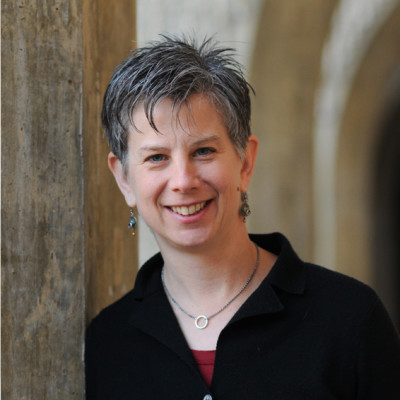Stanford Law School Clinic Offers Free Legal Services In East Palo Alto
Summary
The Stanford Daily spoke with professor Juliet Brodie about the services provided at Stanford Law's Community Law Clinic in East Palo Alto.
A modern office space is now open to clients seeking free legal services at the Community Law Clinic (CLC) in East Palo Alto, one of the eleven clinics offered by the Stanford Law School that offers a hands-on learning experience for aspiring lawyers while giving back to the community.
The law school allotted $100,000 to complete the “long-overdue but very successful facelift for the space,” according to Juliet Brodie, law professor and the clinic’s director.
The CLC is one of only a handful of organizations that provide free legal representation to individuals from low-income households in the East Palo Alto community, Brodie said.
…
According to Brodie, the reopening in 2003 came as a result of the Law School’s rededication to a dual mission: to provide legal representation to low-income people in the surrounding area, and to give law students the opportunity to act as real lawyers.
She added that the reopening in 2003 was part of a dramatic growth in the law school clinical education program in general.
“Before 2003, the clinic was just one of a small handful of stand-alone experiential learning opportunities for students,” Brodie said. “In the past ten years, the law school has made one of its principal initiatives to build a sizable and strategic clinic.”
Brodie began working at the clinic in 2006 after having spent the previous 10 years working in similar community-based programs at two other law schools. At the CLC, Brodie supervises the law students with three other clinical supervising attorneys: Danielle Jones, Lisa Douglass and Larisa Bowman.
For Brodie, one of the most successful parts of the clinic is its ability to adapt the practice to the needs of the community.
“We can’t do everything people suggest, but we can keep our ear to the ground and try to understand what’s needed,” she said. “I see for the future of this clinic continuing that process of engaging with the community to see how we can be most useful.”
…
Law students can apply to be a part of one of the eleven clinics offered through the law school, Kashyap said. If accepted, these students spend the quarter working full-time for the clinic, receiving academic credit for their work and refraining from enrollment in any other classes. Brodie compared this kind of program to a residency, in which the student is completely involved with the process.
“[At the CLC], students become the actual lawyer on record for low-income people in a bunch of different cases,” Brodie said. “They work cases related to eviction defense work, social security hearings, wage disputes and helping people with criminal record expungement.”
According to Brodie, the law students — under the supervision of one of the four attorneys — are involved in every step of a case: They go to the court, interact with the judges, write up files and research their cases.
Read More
